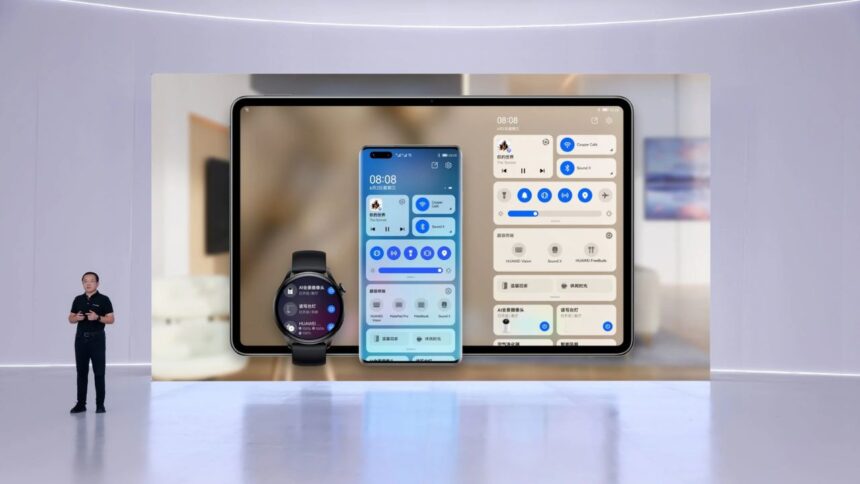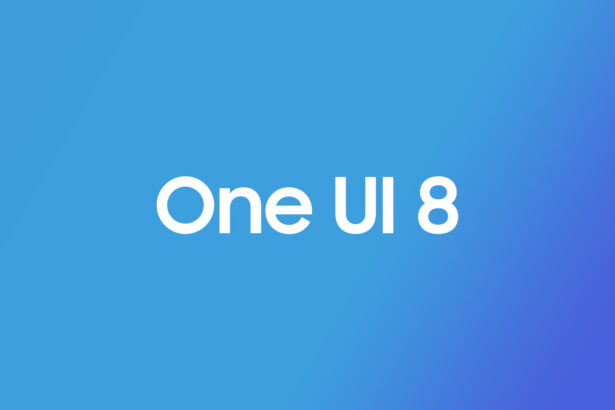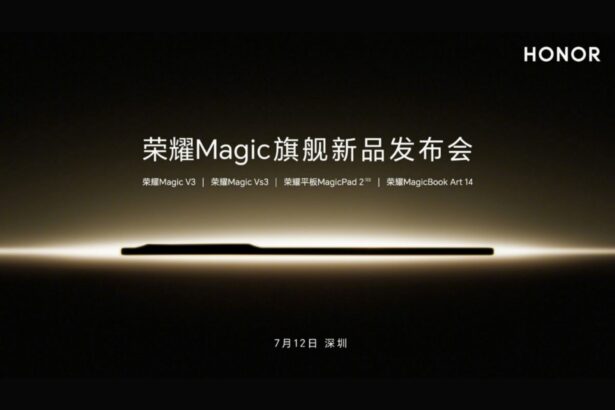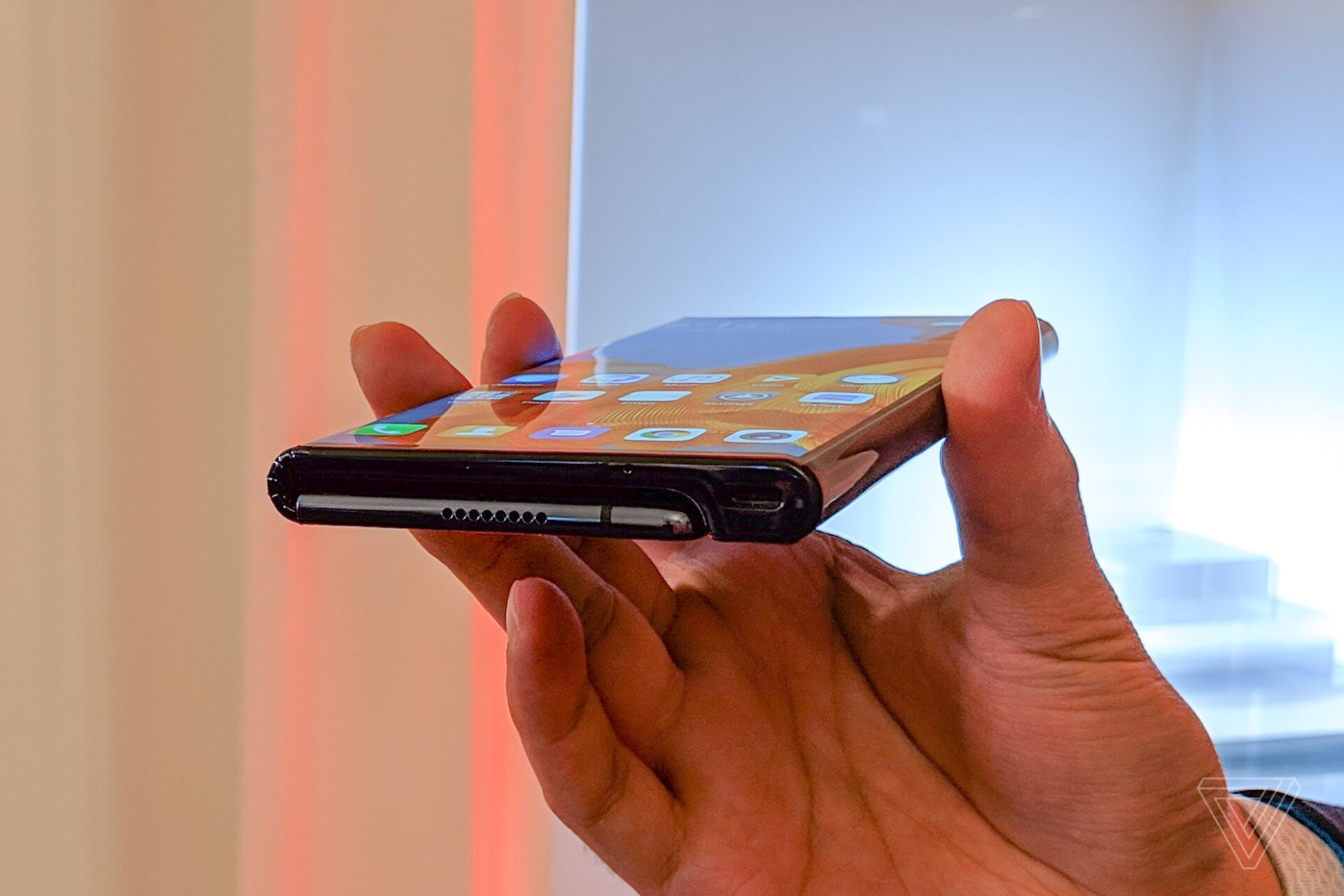Huawei is preparing to launch its highly anticipated operating system, HarmonyOS Next, popularly known as the “Star River” edition. The Chinese internet behemoth, which has been quietly developing the platform for years, recently revealed a glimpse into its slick new UI design language in a fascinating video.
HarmonyOS Video: New UI Design
HarmonyOS Next deviates from the traditional flat design paradigm, embracing a rich and layered aesthetic described by Huawei as “spatial,” “vivid color,” and “immersive.” The UI elements shown in the movie have depth and dimension, and they use gradients and subtle shadows to create a visual hierarchy. Instead of severe edges and consistent colors, the design features softened corners, soft textures, and a vibrant color palette.
Next, on the other hand, is more than just visually appealing. Huawei is marketing its operating system as a comprehensive solution, incorporating a proprietary UI toolkit and compiler. The company claims that this custom-built base would lead to smoother performance and more efficient apps.
Notably, Huawei promises that apps designed for HarmonyOS Next will be 60% smaller and consume 30% less power than their Android counterparts, possibly improving battery life and overall device performance. It
will forego Android support in China in a strategic shift from its prior approach, focusing only on its app ecosystem.
This daring approach has sparked a flurry of activity among local developers, with around half of China’s Top 200 apps currently in the porting process. Key businesses such as Qihoo 360, China UnionPay, Xiaohongshu, and Amap are actively supporting the platform’s rapid expansion.
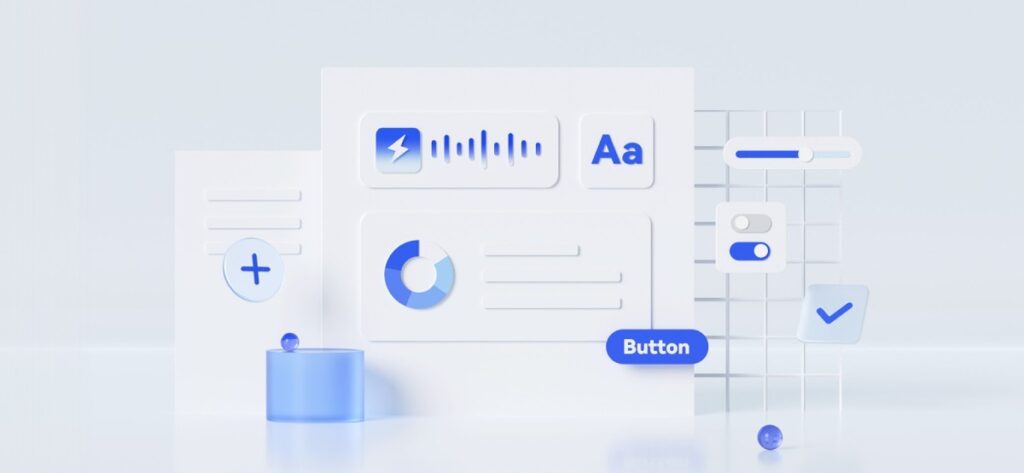
While the first focus is on the Chinese market, Huawei’s goals for Next are global. The business envisions a future in which its operating system seamlessly links and powers a wide range of devices, including smartphones, tablets, wearables, and home appliances.
This ambitious, all-encompassing strategy enables the OS to potentially compete with industry leaders such as Google’s Android and Apple’s iOS, resulting in a worldwide ecosystem with a distinct local flavor.
Despite the lack of a formal release date, Huawei’s recent video release and substantial developer outreach indicate a real commitment to making an impression in the operating system environment. It remains to be seen whether HarmonyOS Next can compete with established giants like Android and iOS, but one thing is certain: it has grown from a mere murmur in tech circles to a formidable force that has the potential to revolutionize the mobile landscape.
As the IT industry awaits more information about this update, Huawei’s commitment to developer support is clear. The company is actively providing numerous tools and resources to help developers effortlessly transition their products to the new platform.
HarmonyOS Next’s success is dependent on the developer community’s reactivity, as their innovations define the platform’s capacity to attract a large user base. It emerges not just as a promising development, but also as a possible driver for radical change in the fast-changing technology industry.
Overall, Stay in for continuous updates on this revolutionary operating system as it nears its formal launch, which can change the technology landscape we know.
